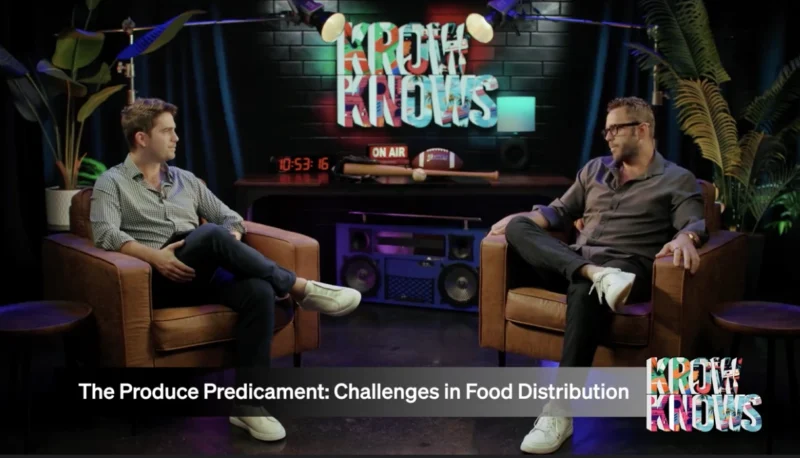Cooler News: Ecommerce Grocery Go Live Challenges
A June 2020 survey from BMC (Brick Meets Click) and Mercatus USA found that 45.6 million U.S. consumers were online grocery shoppers, a 6% increase from the previous month.
With this new COVID environment, the demand for eCommerce solutions in retail and grocery, specifically, appears to be increasing with no signs of stopping. How do these grocers implement eCommerce solutions to meet the demand while avoiding the pitfalls that can follow such launches?
Joe McMenamin, Director of eCommerce for the grocery industry at KPS Global, offered some food for thought and some solutions for grocers to consider.
No matter the player or selling method, all of the various grocery retailers, be it brick and mortar, online or hybrid, require some means of cold storage. That’s KPS Global’s bread and butter, and McMenamin said it’s allowed him to see what’s happening out there from all sides of the grocery industry.
“This was a path the industry was taking before COVID,” McMenamin said about the grocery industry’s move towards eCommerce solutions.
But COVID accelerated those plans.
“The timeline went from the Fred Flintstone pace to a Space X rocket taking off,” McMenamin noted, adding that some industry players are still trying to create a strategy to deal with the new demands.
On the other side of things, McMenamin said the players with the deeper pockets are spending the money to advance into a more automated and touchless space.
“You see a vast array of dollars and sense, as well as integration, with all of this,” McMenamin said. “It’s a lot for grocers to adapt to, and they’re trying to react as best as possible.”
Be sure to subscribe to our industry publication for the latest news, videos, and podcasts in the Food and Beverage Industry.
Follow us on social media for the latest updates in B2B!
Twitter – @MarketScale
Facebook – facebook.com/marketscale
LinkedIn – linkedin.com/company/marketscale








